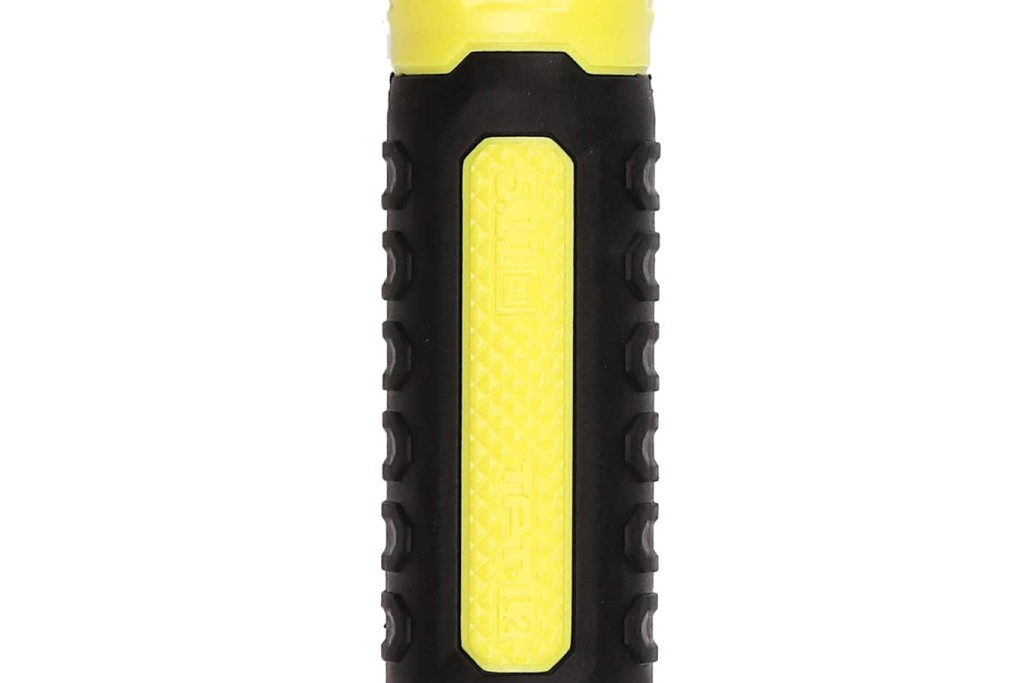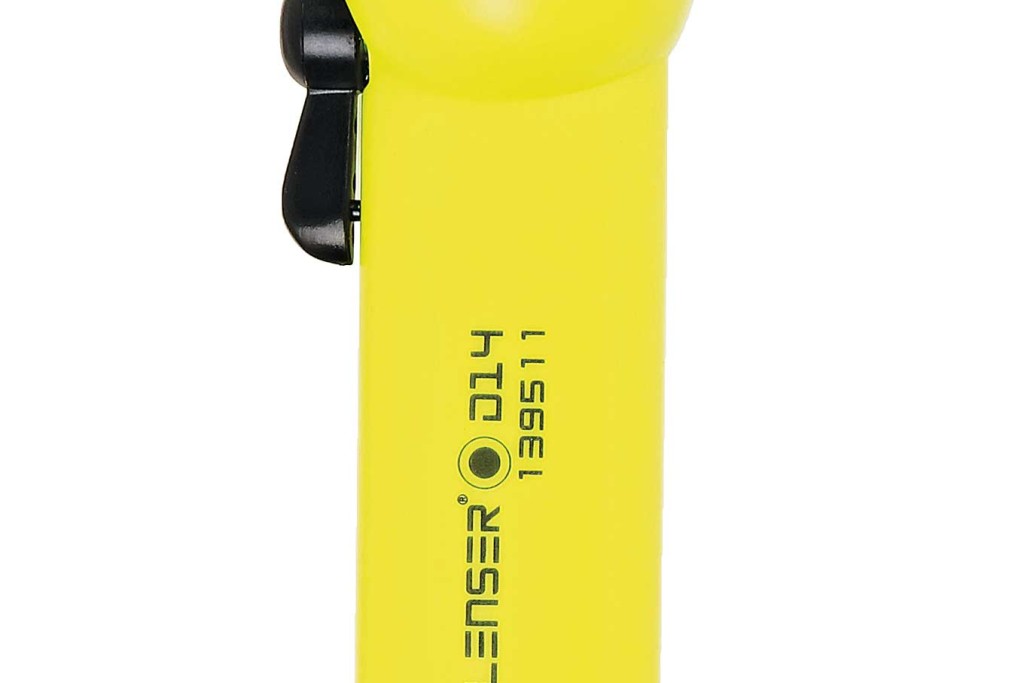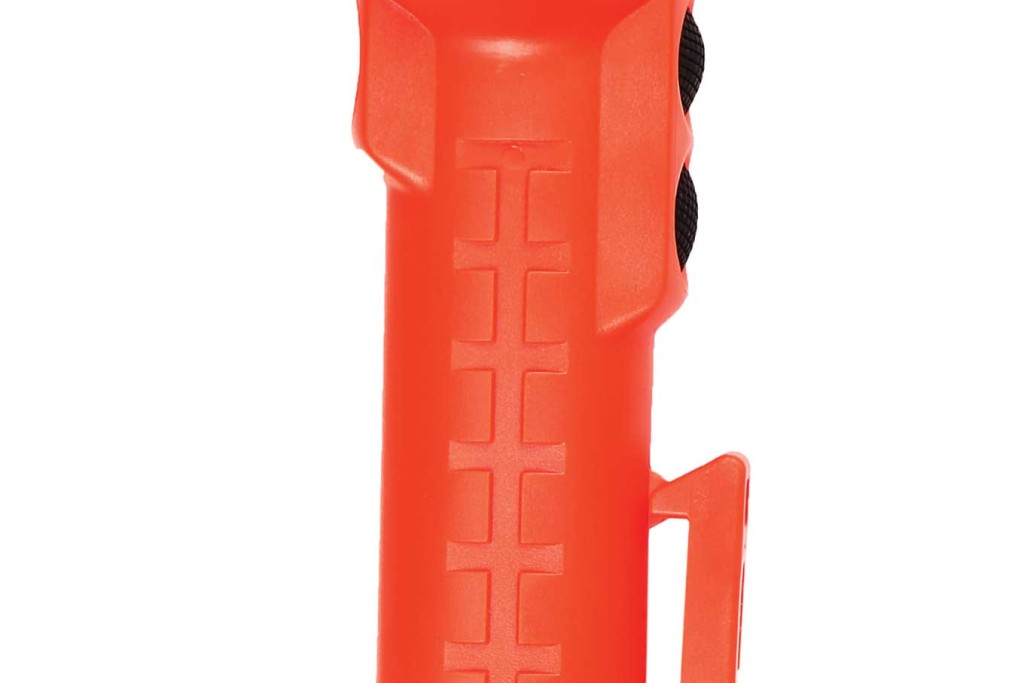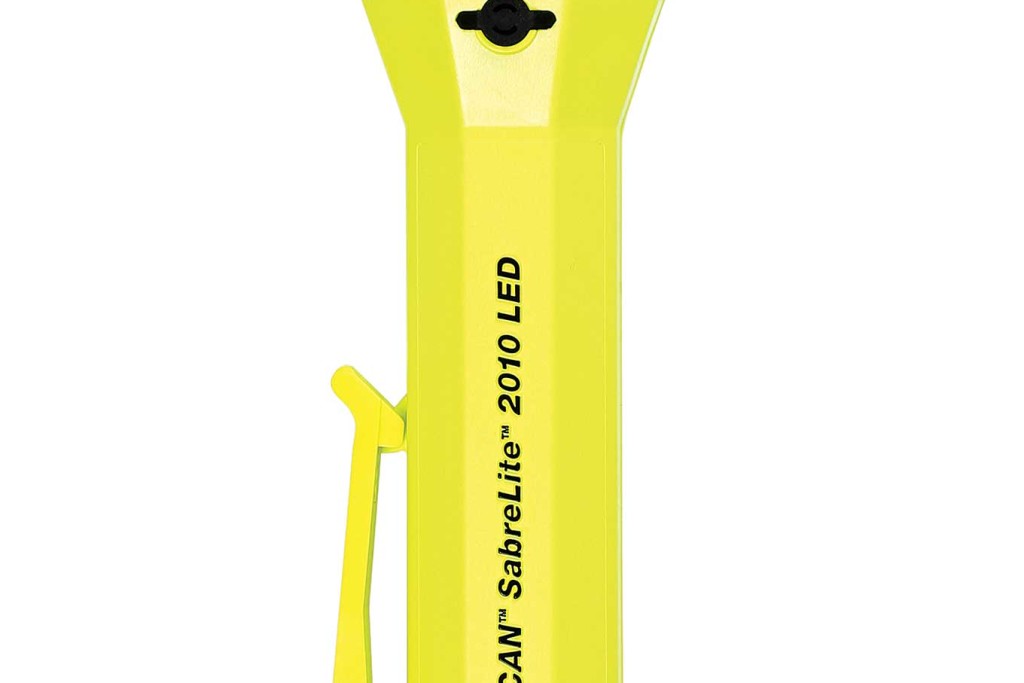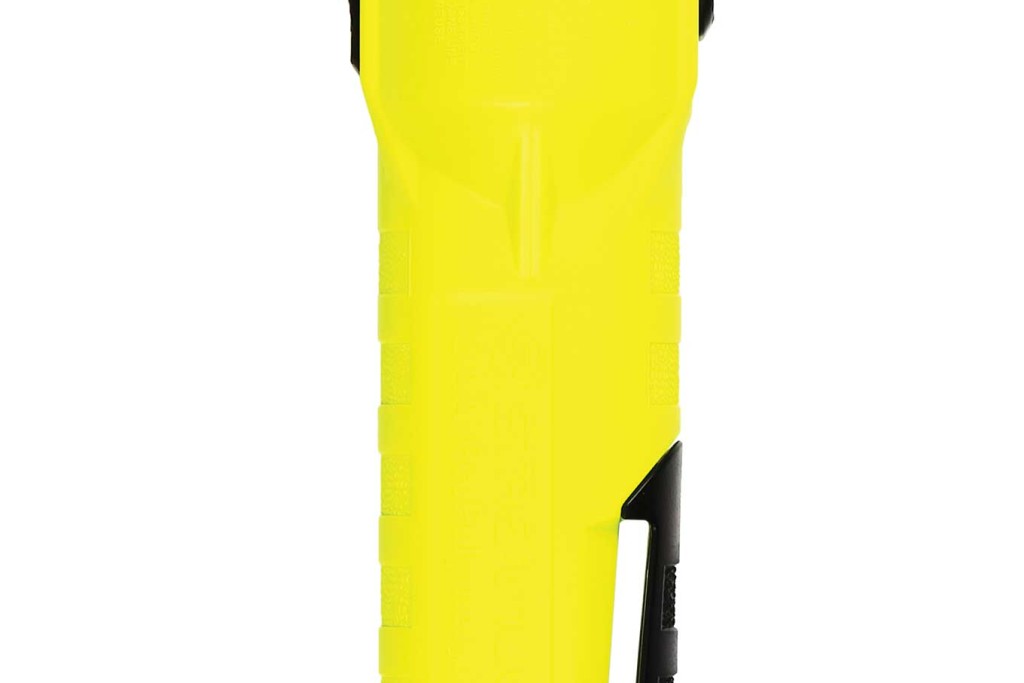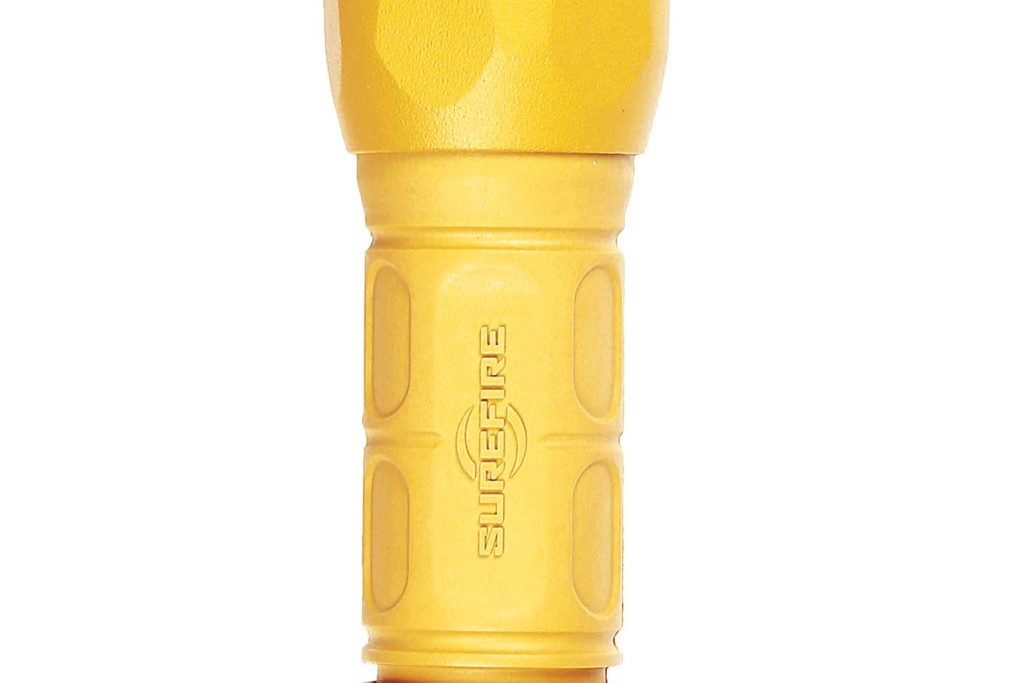Images courtesy of Ubisoft
You’ve just finished brushing your teeth as you prep for work when you hear that dreaded buzzing of the Emergency Broadcast System come across your TV. Although you assume it’s just another test, you realize there’s a far greater degree of urgency and detail than those you’ve heard so many times in the past. The terms “outbreak,” “contamination,” “quarantine,” “infections,” and “fatalities” begin permeating the message repeatedly.
You look out the window of your Manhattan high-rise in the Chelsea district and begin thinking of a million things at once: your kids at school, your wife at work, and if you can get to them. You call your wife, but the calls keep dropping — probably due to a flooded cellular network — and you no longer have a landline. Then you see people running down the street, some breaking into storefronts and others throwing Molotov cocktails.
Has it begun? Are you watching the initial stages of the world falling apart? That just may be the case.
Fortunately for you, it’s not a real-life situation — although it has a very high chance of becoming one. We’ve seen it depicted in movies for decades, but in recent years video games have offered much more realistic and immersive fact-based scenarios. Ubisoft, a premier name in video game industry, recently released Tom Clancy’s The Division, which is based on the aforementioned catastrophe. We decided to chat with the folks at Ubisoft about the game to find out what survival lessons can be learned and how it relates to survival prepping.
Gear is Gold
Basically, the game’s premise is that a viral pandemic has ravaged the United States. “The Division,” a group of agents trained to operate independently, have been deployed to save society. As one of these agents, you coordinate with other team members to reclaim the Big Apple from various rogue gangs competing with you for control of what’s left. In an effort to accomplish your mission, your character can recover and use equipment (“loot”) left behind by the military. You can also set up strongholds in different locations to plan, craft, and receive extracted loot, as well as use them to develop your character and increase progression of bases in each district. For instance, items like Mechanix Wear gloves have stats attached to them, which means they can potentially boost your character once you acquire them. In real life, better gear means better survival odds.
One thing that makes the game unique in its features and playability compared to other MMO/RPG-style games is the Snowdrop engine, which allows the game and editor to be unified, meaning the engine runs in real time and the ongoing project is always playable. There are also seamless transitions among solo, cooperative, and adversarial play. Also, you won’t see any loading screens as you transition from cooperative to adversarial play, so that aspect of the game gives the sense of total immersion.
An example would be an area of the game called “The Dark Zone,” which was closed off after the outbreak and chaos quickly ensued. There are no restrictions on how you can interact with other players there. You can team up or betray them and take their loot, so you never know what to expect — much like how things would be in real-life survival situations.
Reality-Based Pandemic
There are probably those of you out there who are shouting, “What do I care? It’s not real!” Or, “I don’t even play video games.” We hear ya, and here’s where things differentiate this game from your character being some Italian plumber looking to rescue the mushroom princess. As you may have seen, our previous edition of OG (Issue 12) had a lot of aspects focused on viral outbreaks and how much of a potential danger they pose. As we delved into The Division, our suspicions of how true to life this “game” could be were affirmed by research that was scary to say the least.
“There were a few reasons we went with a virus,” says Martin Hultberg, IP director for Ubisoft Massive. “It’s a very contemporary threat that people are somewhat aware about, but don’t really comprehend. It’s also a very clear and present danger to our fragile society. This gives us something to work with; a relevant scenario that resonates with people.”
So is this game based on any historical or real-world context? The crew at Ubisoft did their homework when making this game reflect actual events. “The Division is, as we say, ‘grounded in reality,’ meaning everything can be explained in a plausible way,” Hultberg says. “The very scenario we depict has actually been exercised and analyzed by the U.S. government already, back in 2001 during what was called Operation Dark Winter. This exercise, and others following it, have revealed exactly how vulnerable our society is to an incident like this.
“The foundation for the agency featured in the game, called The Division, comes from the concept of the ‘stay behind’ movement. This idea was originally created by the British during WWII — then focused on setting up a guerilla force before the Nazis even invaded. Regular people, living among us, trained and equipped to deal with a specific threat and activated should the worst come to pass.
“We take that concept one step further and connect it to something called Directive 51. Directive 51 is a classified presidential directive signed in 2007, which details the United States continuity of government plans in case of a catastrophic emergency. So Dark Winter, ‘stay behind,’ and Directive 51, all real, are the basis for this game.”
To learn more about Directive 51, you can visit www.fema.gov/guidance-directives. Still don’t believe us? Learn more about one of Operation Dark Winter’s architects here: www.dhs.gov/tara-otoole.
Digital Prep
Ubisoft says it spent a lot of time speaking with subject-matter experts to validate its findings. “We, for example, worked with virologists and doctors here in Sweden to verify things about the pandemic and virus,” Hultberg says. “We talked to military, law enforcement, and disaster management experts from the USA, most of whom want to remain anonymous. We also talked about the threat of bioterrorism with former government officials. All of this together helped us create a plausible scenario and world.”
We here at OG are devoted to providing our readers with the information that can mean the difference between surviving a disaster and becoming a statistic. This game seems to reiterate a lot of what we preach: Stock up on the best survival gear you can find. Look for ways to be self-sufficient in the event that utilities and supplies are compromised. Learn self-defense techniques and how to make improvised weapons. Partner with people you can trust and begin rebuilding if disaster strikes. At any moment, a crisis can occur, and it’s better to plan than to be complacent.
“I hope we raise awareness about the fragility of our society — how much we take for granted and how easily we can lose it,” Hultberg says. “In terms of gameplay, we hope people will learn that working together helps if you want to stay alive. A life lesson, to be sure!” We couldn’t agree more.
SOURCE
Ubisoft
www.ubisoft.com
More From Issue 13
Don’t miss essential survival insights—sign up for Recoil Offgrid’s free newsletter today.
- Review: Spyderco Assist Salt Knife
- It Pays to Be a Fitness Generalist
- A Guide to Portable Solar Charger Kits
- The Psyop Way
- Survival Swap Meet
- 1975 Pinzgauer – Work Horse
- Cutting-Edge Combatives
- Old News, New Tricks
- What If You’re Trapped by a Major Flood that Threatens to Drown You and Those Around You?
- Polymer-Bodied Flashlights
- Tom Clancy’s The Division – Pixelated Pandemic
- Raging Waters
Read articles from the next issue of Recoil Offgrid: Issue 14
Read articles from the previous issue of Recoil Offgrid: Issue 12
Editor’s Note: This article has been modified from its original print version for the web.





